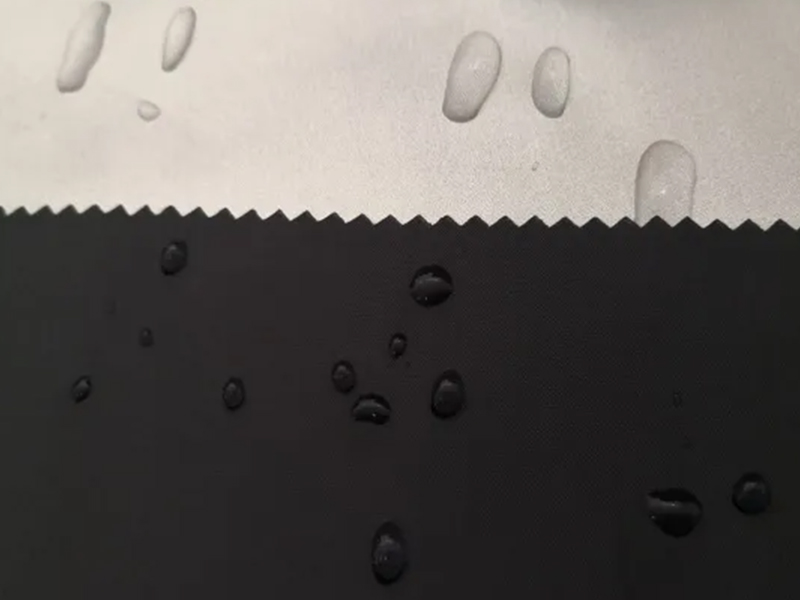Aside from the waterproof coating, there are many kinds of
raincoat fabrics, among which the more commonly used are Oxford fabric and Chun Yafang.

The first type of Oxford cloth, also known as Oxford spinning, is a type of polyester. It is a versatile and versatile fabric. Originating in England, the traditional combed cotton fabric named after Oxford University, started around 1900. The raincoat is more suitable for nylon oxford cloth
The characteristics of Oxford cloth: the hand feels a little harder than the spring sub-textile, wear-resistant, and has good water resistance. Therefore, most of the Oxford cloth raincoats are single-layer, which are often used in labor insurance work.
The second type is spring sub-fabric, which is full of vitality and shows natural features. The most common varieties are semi-elastic spring sub-fab, full-elastic spring sub-fab, and matte spring sub-fab. Raincoats are mostly made of full-elastic spring Yafang.
Chun Yafang commonly known as rain cloth can also be called "coated nylon waterproof". It is characterized by smooth surface, light texture and wear-resistant, non-shrinking, quick-drying and good hand feeling. Therefore, most of the Chun Yafang raincoats are double layers, with a mesh lining for comfortable wearing.
Model distinction
The "T" in 210T spring sub-spinning is interpreted as the sum of the number of warp and weft yarns per inch, which means that the larger the number, the higher the density.
The "D" in 420D Oxford cloth is interpreted as referring to the weight in grams of 9000 meters of silk at a given moisture regain, also known as denier. The larger the D, the thicker the yarn.
Cleaning method
1. The fabric has good alkali resistance and heat resistance. It can be used with various detergents, and can be washed by hand and machine, but it is not suitable for chlorine bleaching.
2. White clothes can be washed at high temperature with a strong alkaline detergent, which has a bleaching effect.
3. The soaking time of the fabric should not be too long to avoid fading of the fabric.
4. It should be dried in the shade and avoid exposure to the sun to avoid fading of dark clothes. When drying in the sun, turn the inside out.
5. Be sure to wash it separately from other clothes, do not wash it together.
6. Do not wring dry to avoid wrinkling of the fabric.












